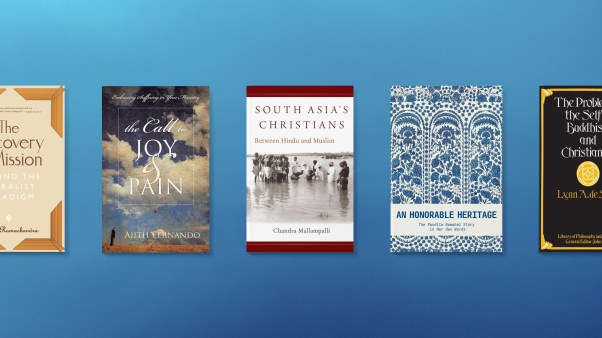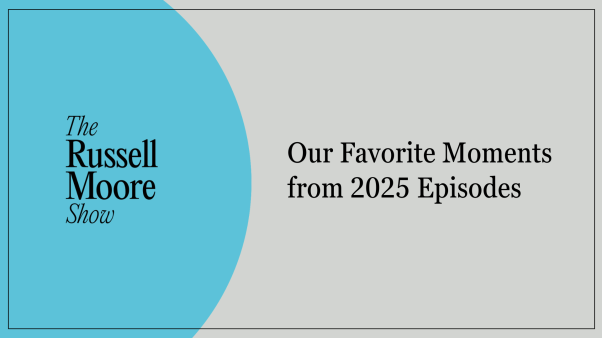I was raised in Indonesia as part of a Roman Catholic family. When I first became a Christian, I attended a church in Jakarta with little to no formal liturgy, an emcee for a liturgist, a band that sang a few songs from the most recent Hillsong album, and a 20-minute sermon based on a few lessons and some biblical texts.
When I told my Roman Catholic family members that I had become a Christian, they asked me when I would return to the Catholic church. I would reply, with some trepidation: “Oh, I think I’m … Protestant?” They would respond in bewilderment: “But don’t you know that the Catholics were first historically?”
Gavin Ortlund’s newest book, What It Means to Be Protestant: The Case for an Always-Reforming Church, reminds readers that what often passes as “Protestant” in the rhetoric of Eastern or Catholic apologists compares “the worst of Protestantism to the best of the non-Protestant traditions.” Moreover, Ortlund shows “how commonly and easily Protestantism is misrepresented, even by Protestants.”
According to Ortlund, a popular writer and theologian, “It is sadly commonplace for Protestantism to be characterized in terms of the street-level practice at contemporary evangelical churches and ministries, rather than in terms of historic, official, confessional doctrine.” He adds, “In many cases, low church, evangelical Protestantism (predominantly Baptist and nondenominational) is equated with Protestantism as a whole.” As a consequence, “many particular Protestant views are mangled by caricature.”
Misunderstandings like these provide one reason why, to quote the headline of a recent CT piece, some evangelicals are leaving Protestantism for other traditions, like Roman Catholicism and Eastern Orthodoxy. In the view of those making such transitions, Protestantism appears deficient in the areas of liturgical seriousness, historical depth, and institutional unity. And these other traditions, by contrast, seem to offer a more stable, enduring foundation for the Christian faith.
I think Ortlund’s diagnosis—that Protestants and non-Protestants alike often fail to appreciate the fullness of the Protestant tradition—is exactly right. His book is a welcome remedy to the watering down of Protestantism in the contemporary age.
Fundamentally, Ortlund shows that Protestantism is a work of renewal within the broader church. It offers a more satisfying and biblical view of church unity, authority, and salvation, and as a tradition it draws the clearest connection between apostolic teaching and the church’s present age. Protestants, therefore, claim continuity with the ancient and medieval churches on a doctrinal and spiritual basis even while rejecting an institutional understanding of church unity.
Ortlund’s book, therefore, is especially useful in dispelling common misunderstandings of Protestantism. In the process, it helps clarify where the differences really are between Protestantism and non-Protestant traditions. To take examples from two brief chapters, Ortlund distills Protestant teachings on justification by faith alone and on sola Scriptura to great effect, showing the historical, theological, and biblical foundations upon which they rest.
In the chapter on justification by faith alone, Ortlund shows that Protestants were careful to emphasize repentance and faith in Christ as the only sure route to salvation. In this, they sought to define themselves against Catholic practices like the granting of indulgences, which were thought to ameliorate temporal punishments for sin.
Ortlund then turns to confessional and representative statements from Protestants and Catholics on how to define the doctrine of justification. Catholics and Protestants agree that justification was merited by Christ, effected by the Spirit, and offered for the sake of God’s glory. But they disagree on the exact nature of what Christ accomplished through it.
If Catholics argue that justification is a process that includes the believer’s ongoing moral renovation, Protestants counter that justification involves a once-for-all declaration of righteousness through faith in Christ, whose own moral perfection is freely credited to an undeserving sinner’s account. Thus, Protestants distinguish justification from sanctification, through which believers gradually progress in righteousness.
Another chapter concerns sola Scriptura, a Reformation rallying cry which, translated from Latin, means “the Bible alone.” Here, Ortlund dispels common misconceptions held by Protestants and Catholics alike. Sola Scriptura does not say, for instance, that Scripture is the onlyauthority on Christian doctrine and practice. Nor does it say that Scripture explicitly addresses all the doctrines believers should profess.
Rather, sola Scriptura teaches that Scripture is the only infallible authority. It does not deny that there are other valid authorities that Christians must heed, such as historic creeds and confessions. It makes clear, however, that those authorities are subordinate to the ultimate authority of God’s Word. This Protestant teaching merely recognizes the infallibility of Scripture, which entails that no church—Roman Catholic or otherwise—is itself infallible.
Beyond clarifying particular Protestant ideas, Ortlund highlights how the Reformers defended their overarching theology in a surprising way. Not only, they argued, were Protestant positions more biblical than their non-Protestant counterparts; they were also more catholic—in the sense of furthering the goal of a unified church. In their view, Catholic theologians were the ones departing from apostolic and patristic, or early-church, teaching.
As Ortlund notes, “the early Protestants argued on catholic and historical grounds,” not merely theological grounds, against a host of Roman Catholic doctrines. In this way, he shows that the Protestant movement was not about setting forth a new faith or launching a revolution that rejects the past. Rather, Protestant leaders aimed at securing reform and renewal from within the broader Catholic church. They showed the presence of different trajectories within patristic and medieval theology, and they sought to remain faithful to those hewing closest to Scripture. They distinguished, therefore, between the true Catholic church and the Roman church, arguing that Protestantism was advancing the doctrines of the former.
Ortlund himself exemplifies this sort of argument in his chapters on the papacy and the idea of apostolic succession, through which Catholics posit an unbroken line of authority stretching from the original apostles to each generation of priests and bishops. He shows, for instance, that the views of papal supremacy or infallibility taught by the First Vatican Council (1869–1870) are inconsistent with the historical record. The book thus ably addresses an oft-cited quip from John Henry Newman, a famed Catholic convert who once wrote, “To be deep in history is to cease to be Protestant.”
Indeed, Ortlund distinguishes between the concepts of “majority depth” (which signifies rootedness in popular or settled beliefs and traditions) and “ancient depth” (which signifies rootedness in beliefs and traditions authentically traceable to Christ and his apostles). For Protestants, he argues, ancient depth is more important than majority depth because errors can become mainstream. For the church to remain rooted in its gospel inheritance, it must have some means of identifying and correcting mistakes and departures.
Here, Ortlund claims, is where the Protestant advantage becomes especially clear. Both Protestants and Catholics, of course, have succumbed to various errors throughout history. Yet Protestants have a capacity for reform baked into their tradition because their errors “are not enshrined,” as Ortlund puts it, “within allegedly infallible teaching.”
Next to Carl Trueman’s 2012 book The Creedal Imperative, Ortlund’s What It Means to Be Protestant is perhaps the best accessible defense of Protestant distinctives in recent memory. I do have a few quibbles. I wondered, for instance, about Ortlund’s choice of a 19th-century work—Philip Schaff’s The Principle of Protestantism—as an entryway into the task of defining Reformation essentials. Perhaps a statement from the Reformation or post-Reformation era would have better served this purpose.
In fairness, though, doing justice to the unifying points of Protestantism is no easy task. And Ortlund, to his credit, draws on a broad range of sources from the Anglican, Lutheran, and Reformed traditions. In fact, this book bridges one gap between the academy and the laity by introducing the increasingly mainstream awareness among scholars that Protestantism aspired to retrieve and preserve the best of the medieval and early-church traditions rather than create something novel.
The book also does a wonderful job anticipating objections, exemplifying a charitable tone throughout. Ortlund reminds readers, for instance, that just as we should not wish to see historic Protestantism dismissed on account of its shallowest popular defenses, we should be slow in objecting to Roman Catholicism on a similar basis.
On the whole, What It Means to Be Protestant should be among the first books to recommend to anyone wrestling with Protestant-Catholic debates. Ortlund’s work is an excellent starting point for better understanding what holds Protestants together and what sets them apart.
N. Gray Sutanto is associate professor of systematic theology at Reformed Theological Seminary in Washington, DC. He is the author of God and Humanity: Herman Bavinck and Theological Anthropology and a coauthor of Neo-Calvinism: A Theological Introduction.














